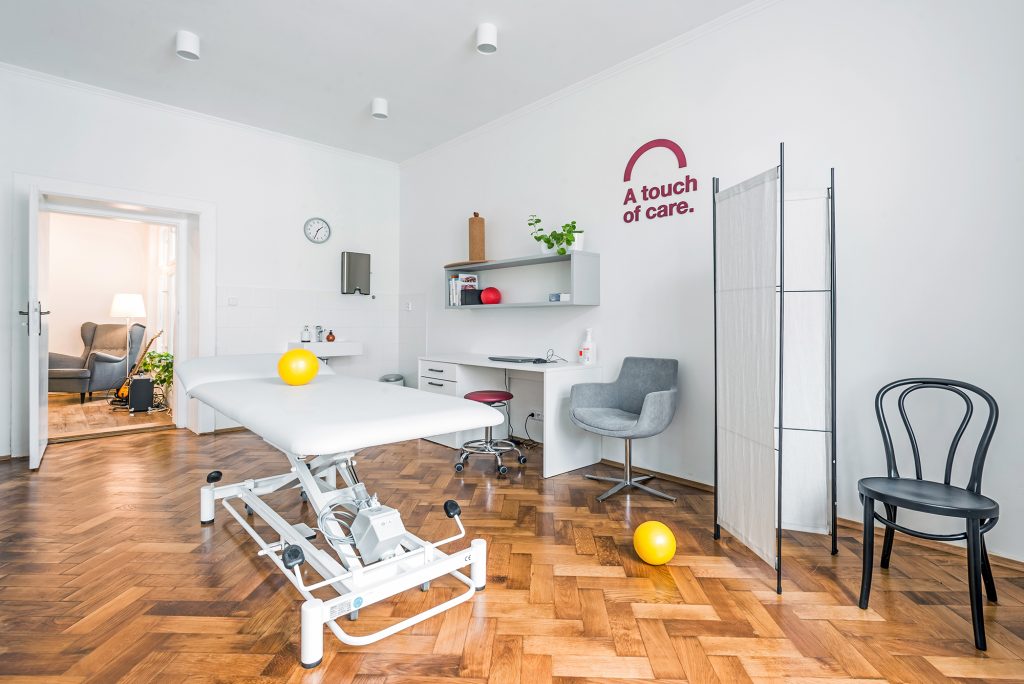Pulmonary Embolism or Rib Blockage?
While pulmonary embolism (PE) is not a frequent cause of chest and shoulder blade pain, it is a life-threatening condition. Therefore, it’s crucial to be aware of specific warning signs and not to ignore them.
Chest and Shoulder Blade Pain in Pulmonary Embolism
Pulmonary embolism occurs when a blood clot blocks the pulmonary artery, usually originating from the lower limbs, pelvis, or the right side of the heart. This blockage is often caused by a blood clot forming in weakened vessels. Sudden pressure changes, such as abrupt movements, may cause the clot to dislodge and travel to the lungs, blocking the pulmonary artery.
Symptoms of Pulmonary Embolism
The most common symptom of pulmonary embolism is the sudden onset or worsening of shortness of breath, occurring in 85-90% of cases. Sharp, stabbing chest pain is also typical. If the clot is small, the pain may be localized, but with larger clots, the pain is often more diffuse and widespread. Other symptoms include rapid breathing, paleness, bluish lips and fingertips, low blood pressure, heart palpitations, and sweating. In severe cases, patients may cough up blood, go into shock, or lose consciousness. Similar symptoms may also occur with acute heart conditions, which are discussed in the article Blocked Rib or Heart Attack?
Diagnosis and Treatment
Diagnosing and treating pulmonary embolism is the responsibility of a physician. The condition can only be confirmed or ruled out using imaging methods like X-rays, CT scans (angiography), or blood tests. Quick transport to a hospital and administering clot-dissolving medication (antithrombotics) is essential. If you experience any of these symptoms, seek medical attention immediately!
Risk Factors
Concerning risk factors include a history of deep vein thrombosis (DVT), major surgery within the last two weeks, or a family history of pulmonary embolism. Risk can also increase due to hormonal contraception combined with smoking, particularly in those with genetic predispositions. Other risk factors include high blood pressure, atherosclerosis, prolonged standing, long flights, pregnancy, and advancing age. COVID-19 has also been identified as a new risk factor, as it can trigger blood clotting and lead to clot formation.
How Can Physiotherapy Help?
First and foremost, it’s essential to rule out life-threatening heart and lung conditions. If you are unsure, always consult your doctor.
After the successful treatment of pulmonary embolism or other lung conditions, physiotherapy can help with:
- Restoring chest mobility and reducing any persistent pain in the chest or shoulder blade areas. It is common to find rib blockages, tight pectoral muscles with trigger points, and restricted movement in the thoracic spine (between the 7th and 10th vertebrae). There may also be restrictions in the movement of the skin, subcutaneous tissue, and muscles.
- Supporting surrounding organs: Proper chest positioning can relieve pressure within the chest cavity and improve the function of abdominal organs, particularly the liver and stomach.
- Aiding in recovery of overall strength and vitality, helping you return to your normal activities and reducing the risk of future complications.
5 Tips for Post-Embolism Recovery:
- Move regularly, but carefully: Gentle, natural movement can resolve many issues.
- Stretch frequently: Use foam rollers and massage balls to release tight muscles.
- Ergonomically adjust your work and rest spaces to meet your body’s needs.
- Identify triggers that may exacerbate your symptoms.
- Consult your doctor if you’re unsure about any symptoms.







